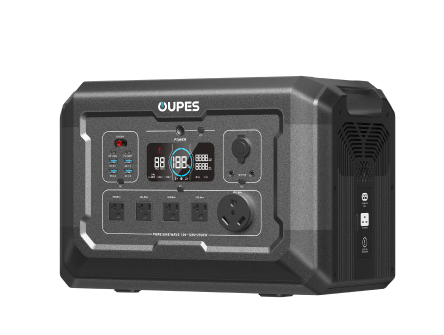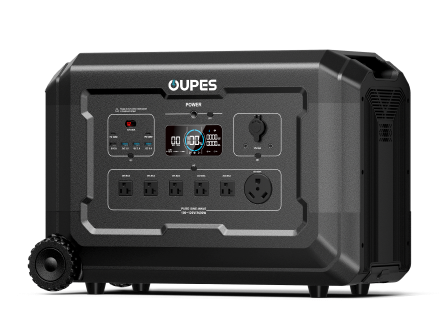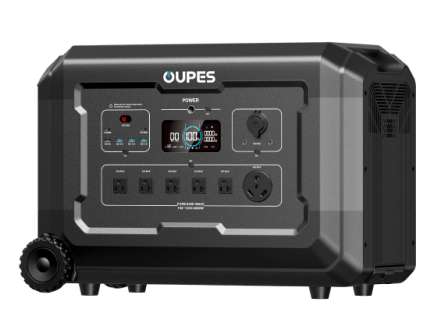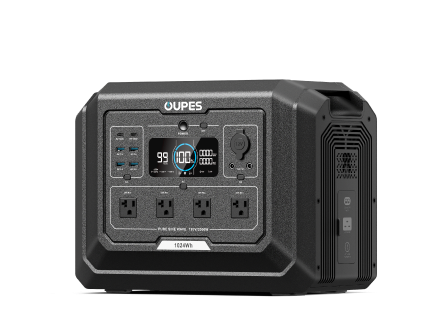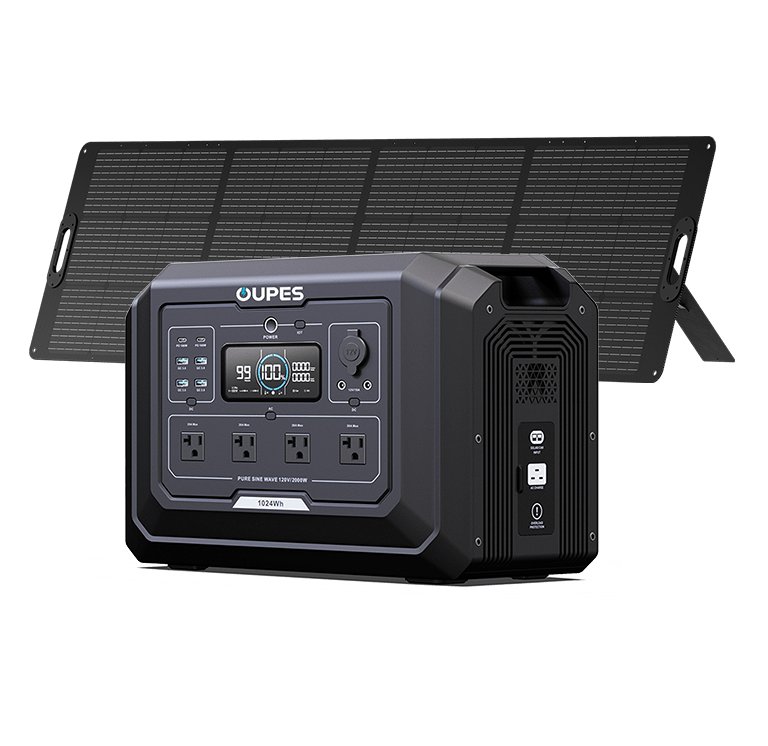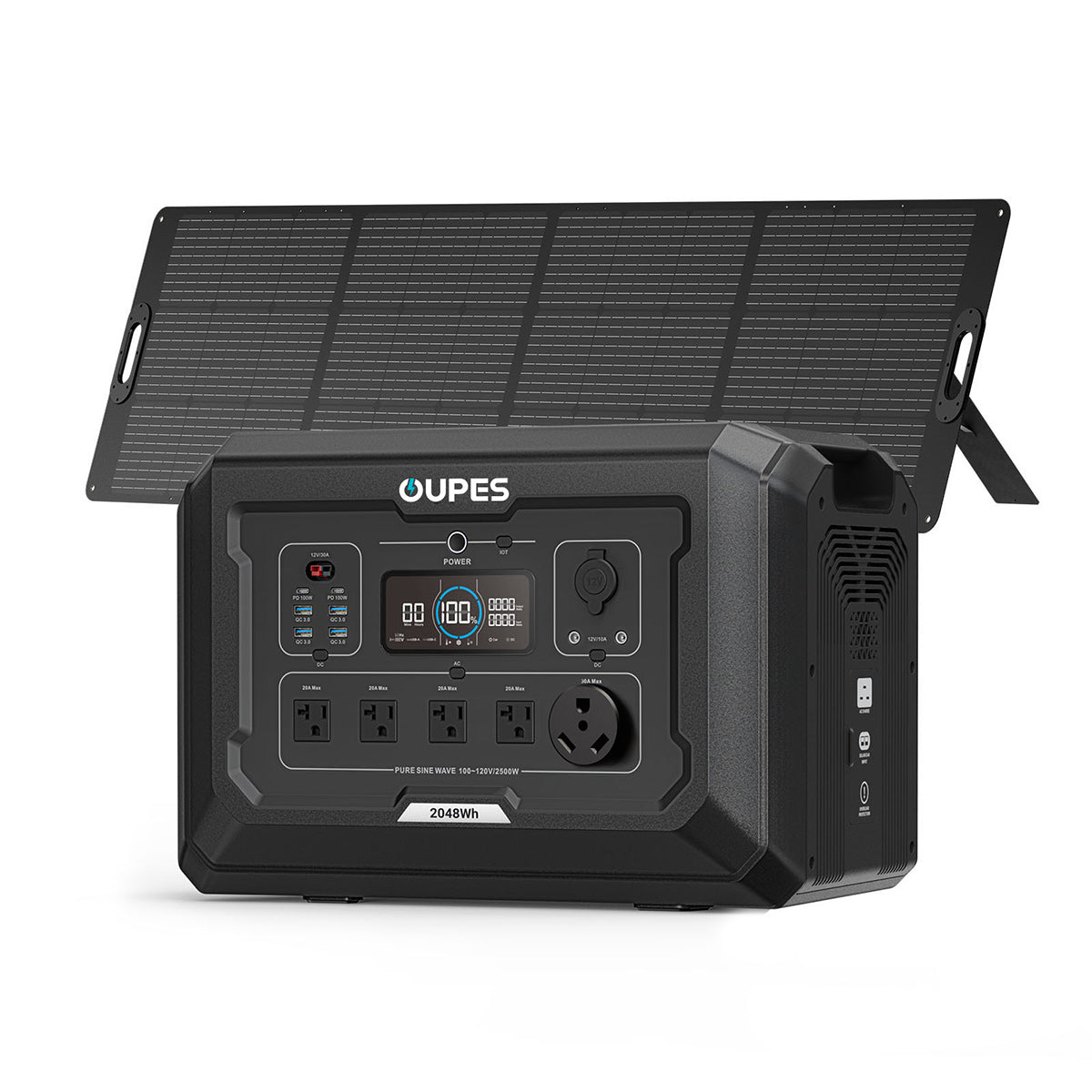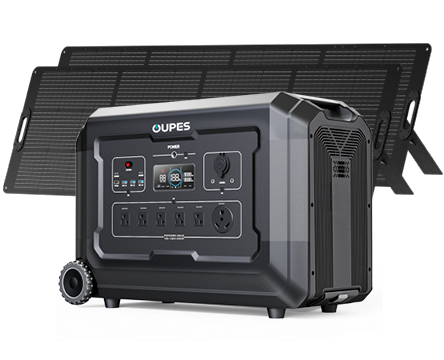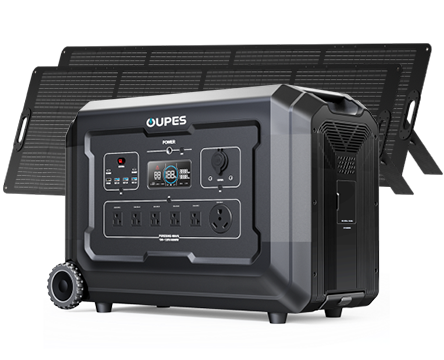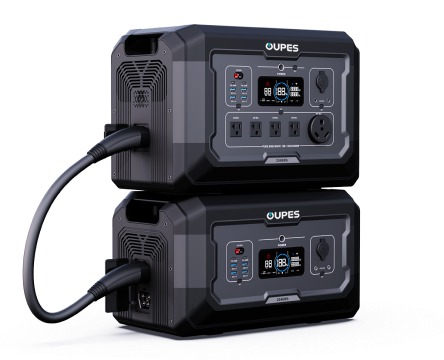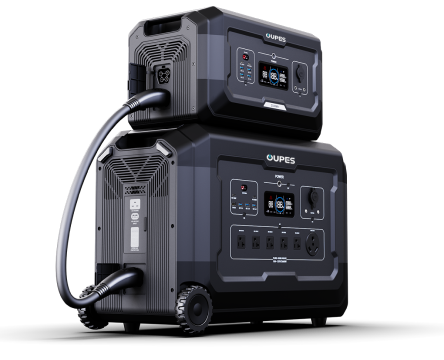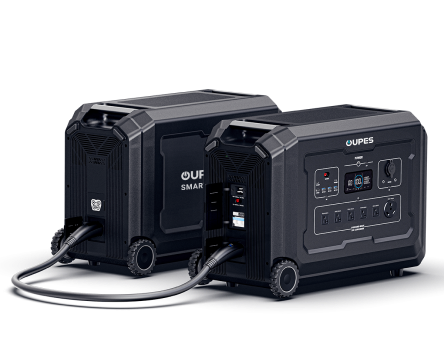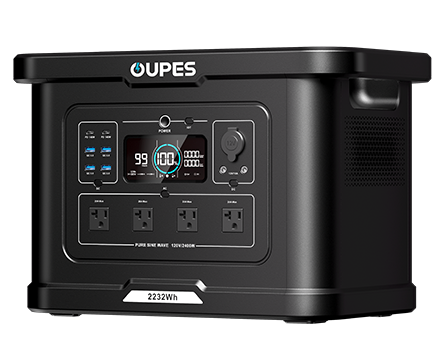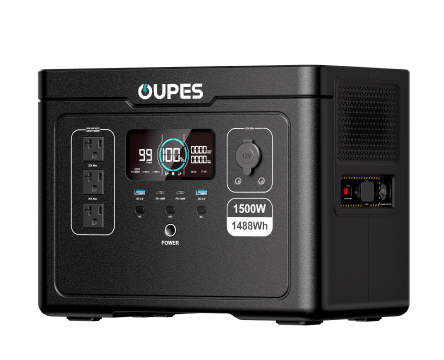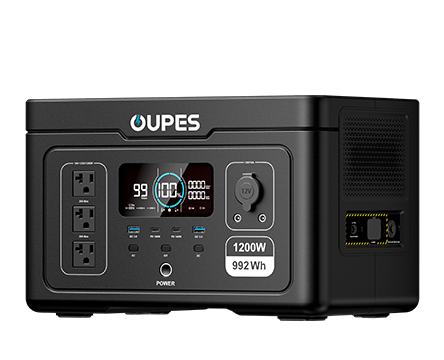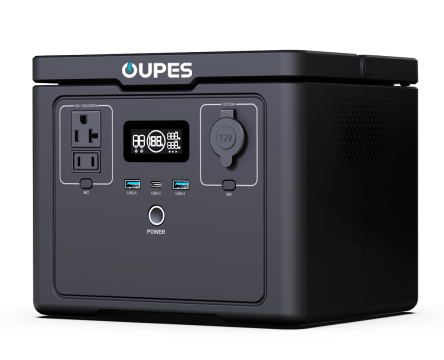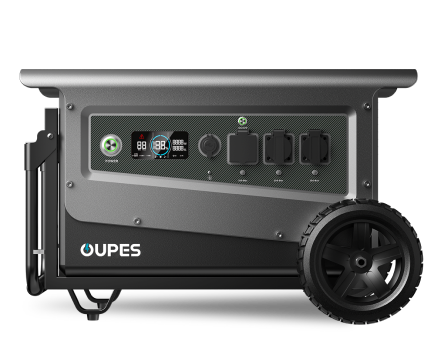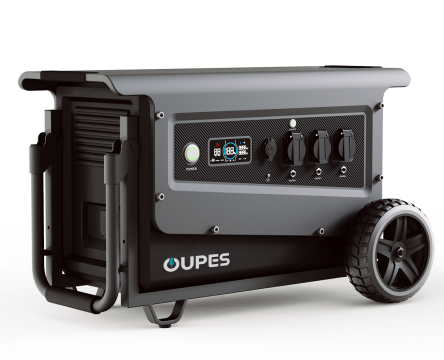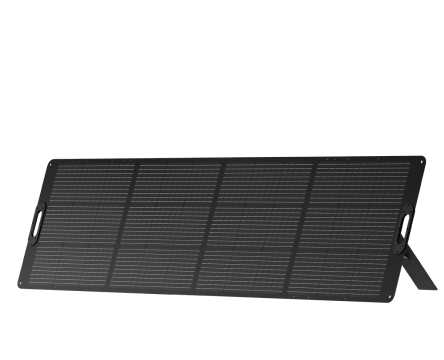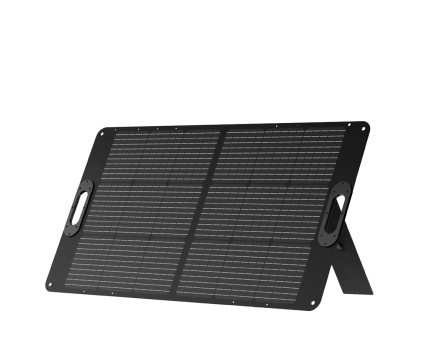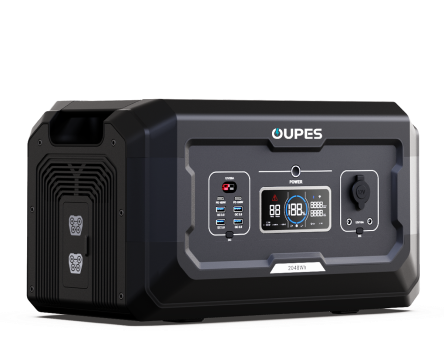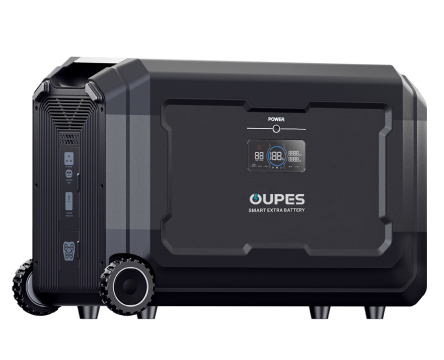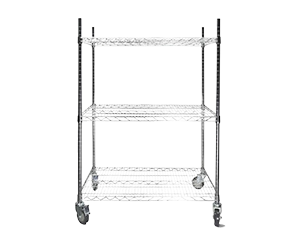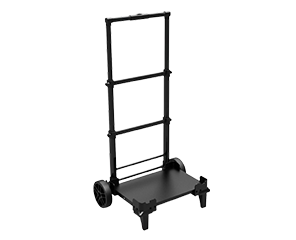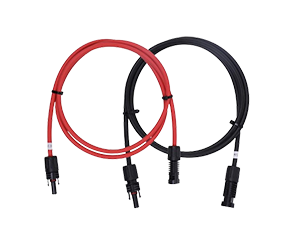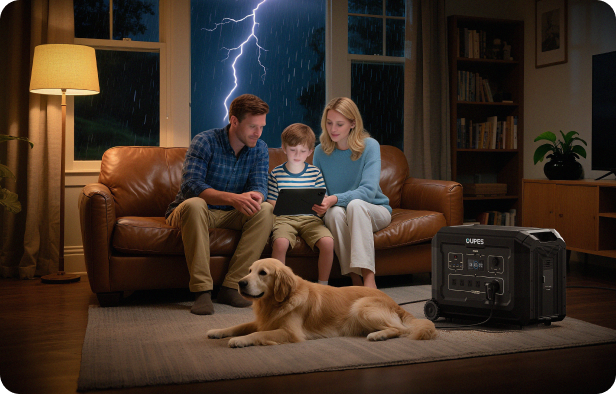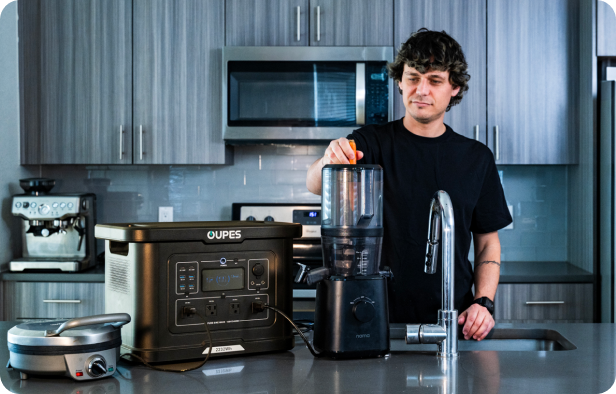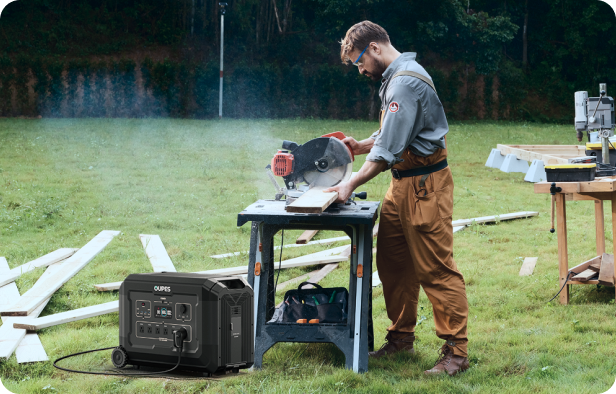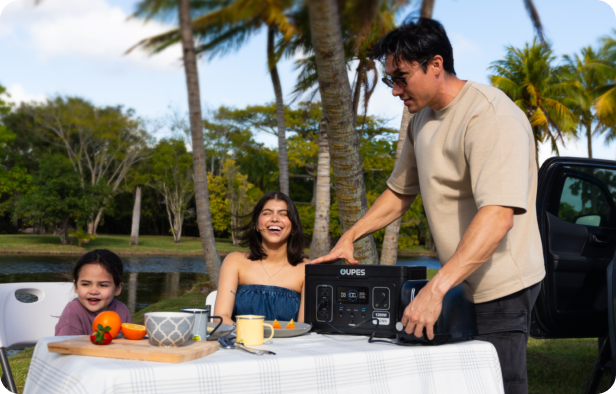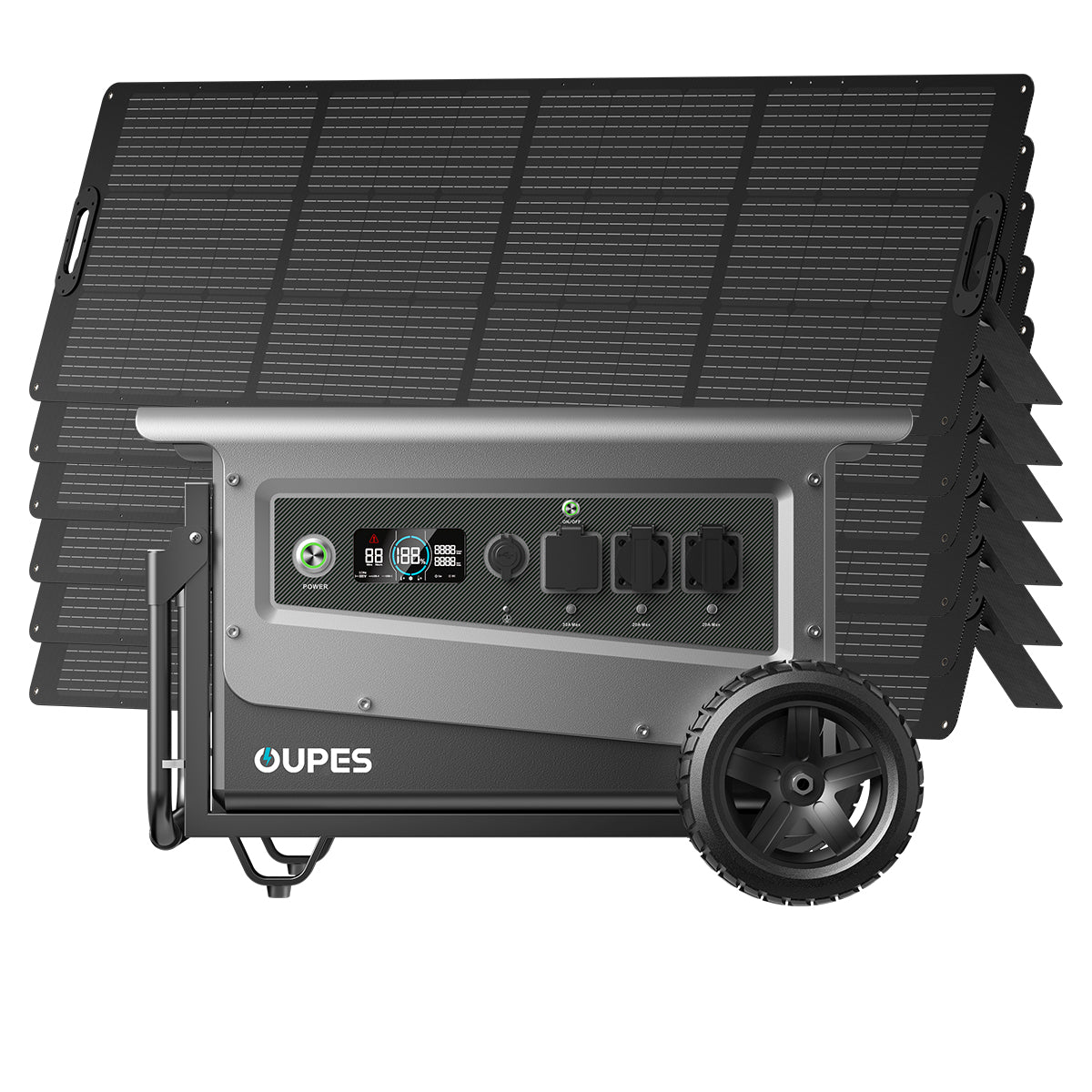
TL;DR / Key Takeaways
- Food trucks require reliable power to run appliances, lighting, and POS systems.
- Generator size depends on the total wattage of appliances, usually 5,000–7,500W for most setups.
- Choosing the right generator improves efficiency, avoids overload, and ensures smooth daily operations.
- OUPES offers portable, quiet, and expandable energy storage solutions ideal for food truck businesses.
Introduction
Food trucks rely heavily on electrical power to operate everything from refrigerators and fryers to cash registers and lighting. A properly sized generator ensures smooth daily operations and prevents equipment failures. According to the National Restaurant Association, mobile food services are among the fastest-growing sectors, making energy reliability more important than ever.
Why Food Trucks Need a Generator
Unlike brick-and-mortar restaurants, food trucks lack direct grid access. A generator provides portable, consistent power, keeping appliances running during long shifts. It also ensures that health and safety requirements are met by maintaining proper refrigeration and cooking standards.
How to Calculate Your Power Needs
To size a generator correctly, food truck operators must calculate the total wattage of their appliances. This requires adding up the running watts and accounting for surge watts (startup power required by equipment like refrigerators and microwaves).
Formula: Total Generator Size (W) = Sum of Running Watts + Highest Surge Wattage
Typical Appliance Wattage in Food Trucks
| Appliance | Average Running Watts | Surge Watts |
|---|---|---|
| Refrigerator | 700 | 1,200 |
| Freezer | 800 | 1,500 |
| Griddle | 1,500 | 1,800 |
| Coffee Maker | 1,000 | 1,200 |
| Microwave | 1,200 | 1,500 |
| POS System | 150 | 200 |
| Lighting | 200 | 200 |
Note: Always check appliance labels for accurate wattage.
Choosing the Right Generator Size
Most food trucks require between 5,000 and 7,500 watts to operate efficiently. Larger trucks with multiple heavy-duty appliances may require 10,000 watts or more. Choosing a generator with extra capacity ensures smoother performance and prevents overloads.
Scenarios and Case Studies
Small Coffee Truck
Requires around 3,500–5,000 watts to power an espresso machine, refrigerator, and POS system.
Burger Food Truck
Needs approximately 6,000–7,500 watts for griddles, fryers, freezers, and lighting.
Full-Service Food Truck
May demand 10,000+ watts if operating multiple refrigerators, ovens, and cooking appliances simultaneously.
OUPES Solutions for Food Trucks
OUPES offers scalable portable power stations designed for food truck operations. With high-output capacity, quiet operation, and expandability, our energy solutions ensure uninterrupted service. OUPES generators support both daily operations and long-term reliability, making them ideal for mobile food entrepreneurs.
FAQ
How do I know what size generator I need?
Add up your appliance wattage and include surge power requirements for accuracy.
Can a generator power air conditioning in a food truck?
Yes, but you must account for its high startup wattage (2,000–3,500W depending on size).
Should I oversize my generator?
Yes. Choosing a generator with 20% extra capacity helps avoid overloads and improves longevity.
Are quiet generators important for food trucks?
Yes. Noise regulations in cities make quiet, low-decibel generators essential for compliance and customer comfort.
What fuel options are available?
Traditional generators run on gasoline or diesel, while portable power stations offer clean battery-based alternatives.
Conclusion
Determining the right generator size is essential for powering a food truck efficiently. By calculating total appliance wattage and considering surge requirements, operators can select the right system for their needs. OUPES delivers reliable, scalable power solutions to keep food trucks running smoothly and profitably.

